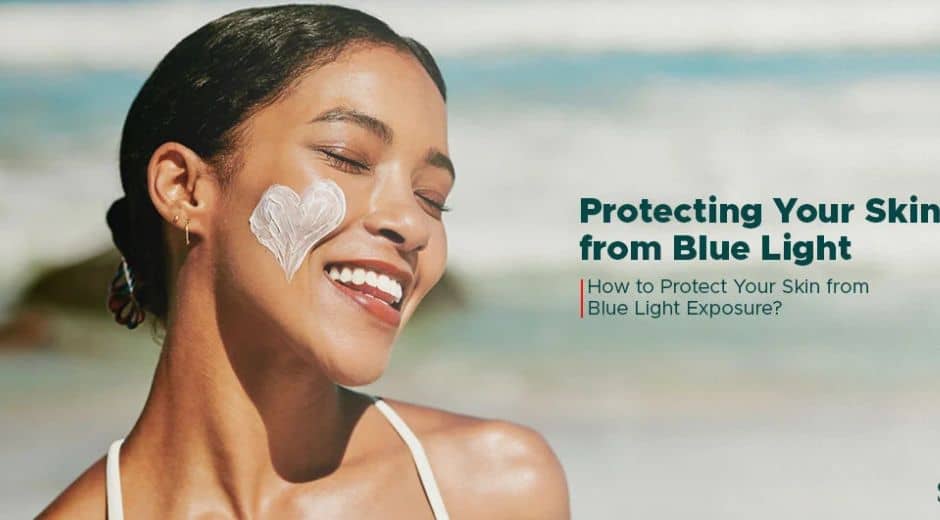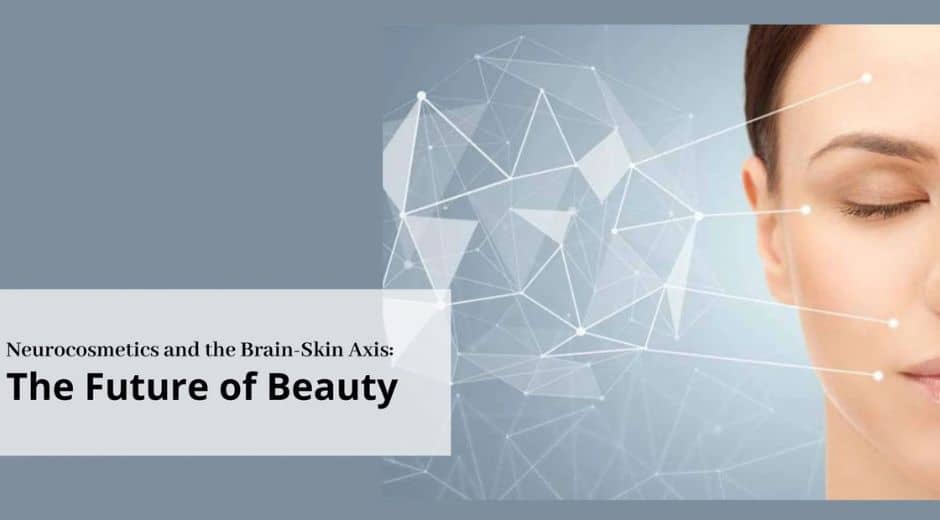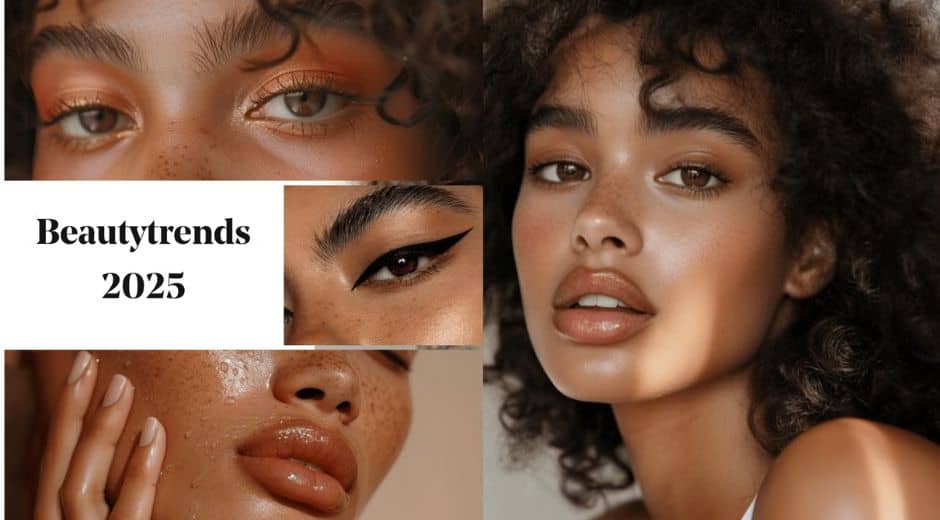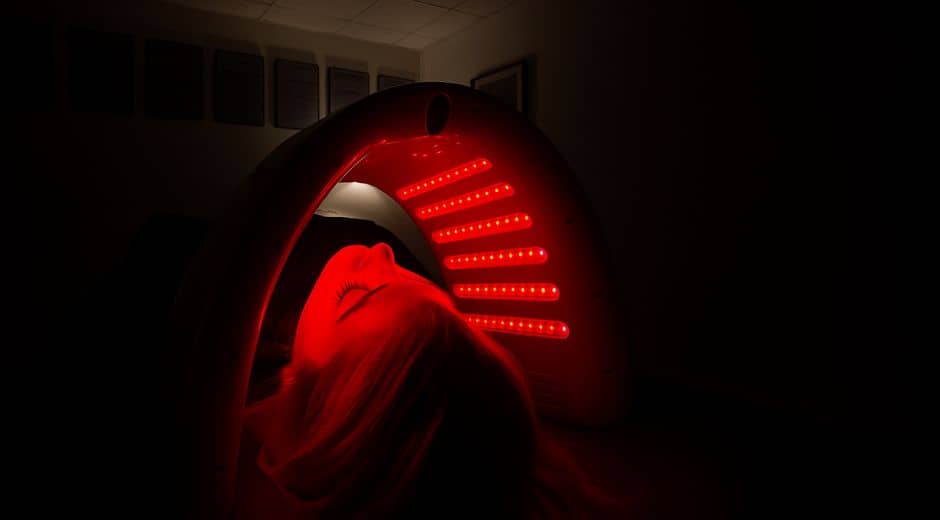Inclusivity in Beauty: The New Modern Standard
The beauty industry has entered a new era, one defined by inclusivity. No longer driven by narrow ideals or one-size-fits-all standards, today’s beauty landscape celebrates every skin tone, body shape, and cultural identity. This shift isn’t just cosmetic — it’s cultural. It’s about representation, respect, and reimagining beauty through the lens of individuality.
For decades, the industry promoted unattainable perfection, leaving many people feeling unseen. Now, has become both a moral and creative force, reshaping how brands, influencers, and consumers define beauty. From foundation ranges that span every tone to campaigns featuring real people instead of models, this trend is rewriting the rules entirely.
The Meaning of Inclusivity in Beauty
At its core, it means making space for everyone. It’s about recognizing that beauty isn’t a single look — it’s a spectrum. It celebrates skin tones from the lightest porcelain to the deepest ebony, and it embraces gender-neutral products, adaptive packaging, and accessibility for people with disabilities.
It also means redefining beauty icons. The modern “face of beauty” is diverse, authentic, and proudly unique. The rise of influencers from different backgrounds, identities, and age groups reflects a deeper cultural awakening — one that says beauty is not an exclusive club, but a shared experience.
This isn’t about tokenism. True inclusivity goes beyond casting choices or slogans; it’s about consistent, intentional change within every layer of a brand’s philosophy.
How Inclusivity Became a Movement
The demand didn’t happen overnight. It began as a social push from underrepresented voices — makeup artists, creators, and everyday people who used digital platforms to demand visibility.
The turning point came when consumers started holding brands accountable. People began to ask: Why isn’t there a shade for me? Why are beauty standards so limited?
When brands like Fenty Beauty launched extensive shade ranges and inclusive campaigns, the industry took notice. Suddenly, wasn’t a niche idea — it was the new norm. And it wasn’t just about makeup; skincare, haircare, and fragrance followed.
Today, inclusivity is no longer optional. It’s an expectation.
The Business of Inclusivity
Inclusivity isn’t just the right thing to do — it’s also smart business. Studies show that brands embracing diversity perform better, build stronger loyalty, and maintain long-term relevance. When people feel represented, they connect emotionally with a brand.
According to Forbes, inclusive beauty brands have seen growth up to 40% faster than traditional competitors. The modern consumer doesn’t just buy products; they buy values. They want to know that the companies they support reflect their beliefs.
This evolution is also visible in marketing strategies. Photoshoots now feature unretouched skin, campaigns include multilingual voices, and product lines adapt to global needs. Inclusivity has become both an artistic direction and a brand identity.
The Visual Shift: Real Skin, Real People
One of the most striking effects is the change in beauty imagery. Gone are the overly filtered photos and one-dimensional ideals. Brands now highlight freckles, scars, vitiligo, textured hair, and wrinkles — celebrating what once was hidden.
This new visual honesty has resonated deeply with audiences worldwide. It proves that isn’t just about products; it’s about confidence and community. Real people see themselves reflected in real ways.
For an inspiring deep dive into this visual revolution, explore Vogue.com, which often highlights stories on diversity and changing beauty standards.
(You can also find inclusive product launches and brand stories StudySKillUp for fresh, daily updates.)
Inclusivity Beyond Gender
Beauty is no longer divided by gender lines. Skincare, makeup, and fragrance have become gender-inclusive spaces where self-expression matters more than labels. Men, non-binary, and gender-fluid individuals are now at the forefront of campaigns that celebrate creativity without constraints.
This inclusive approach represents a cultural moment — one where individuality replaces conformity. The message is simple: beauty belongs to everyone.
Brands leading this movement aren’t afraid to challenge norms, showing that is about breaking barriers, not creating new ones.
Challenges on the Road to True Inclusivity
While progress is evident, the path to full inclusivity is still unfolding. Representation has improved, but accessibility, pricing, and shade variety remain inconsistent across global markets.
True equality means affordability and availability for all, not just awareness. Some brands still launch inclusive campaigns but fail to stock their full ranges worldwide. Others use diversity in advertising but not in leadership roles.
For inclusivity to succeed, it must be holistic — reaching from marketing desks to manufacturing floors. Consumers are quick to spot authenticity, and brands that treat inclusion as a trend rather than a principle soon lose credibility.
The Emotional Power of Feeling Seen
There’s something profound about seeing yourself represented. It builds confidence, connection, and belonging. When a brand includes your tone, texture, or identity, it sends a message that you matter. That emotional validation has a ripple effect — it encourages others to feel the same.
Inclusivity is beauty with empathy. It teaches that perfection is not the goal, presence is. It’s about celebrating the details that make each person extraordinary.
At BeautyUpNest, we believe that inclusivity is the foundation of genuine beauty. Every person deserves to feel beautiful without needing to change who they are.
How to Support the Movement
You don’t need to be a brand to make a difference. Supporting inclusivity starts with mindful choices:
Buy from brands that practice what they preach.
Follow and share creators who promote representation.
Speak up when you see exclusion or bias in marketing.
Inclusivity thrives when consumers stay vocal, curious, and compassionate. It’s a shared mission, not a moment.
The Future of Inclusivity in Beauty
The future of beauty is borderless. With globalization, technology, and community voices driving the conversation, inclusivity will continue to evolve. Artificial intelligence and digital try-on tools are being designed to adapt to all skin tones and features, ensuring that every user feels represented.
Inclusivity will no longer be a headline — it will be a standard. Brands that ignore this shift risk becoming irrelevant, while those that embrace it will define the next generation of beauty.
At BeautyUpNest, we’ll continue highlighting inclusive movements and innovations shaping tomorrow’s beauty world. Visit BeautyUpNest.com for articles, guides, and trend insights that celebrate diversity in every form.
Final Reflection
The rise of inclusivity has redefined beauty from something exclusive to something universal. It reminds us that every shade, shape, and identity contributes to the world’s vibrant spectrum of beauty.
When everyone feels seen, beauty becomes more human — more honest. The trend of inclusivity isn’t fading; it’s flourishing, proving that the most powerful glow comes not from uniformity but from diversity.
True beauty is not about fitting in, but about standing out together.
Beauty Defines You
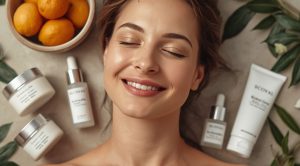
Skin Renewal Guide: How to Rebuild Your Glow from Within
Discover how to achieve deep skin renewal through science-backed care, mindful routines, and nourishment that helps your natural glow resurface beautifully.

Beauty of Tomorrow: How Sustainability Shapes Modern Trends
Explore how sustainability is redefining beauty trends through eco-conscious products, ethical innovation, and mindful consumption shaping the industry’s future.

Finding Balance in Everyday Life: Wellness Equation
Discover how finding balance in your body, mind, and routine can transform your well-being and create sustainable harmony in your daily life.
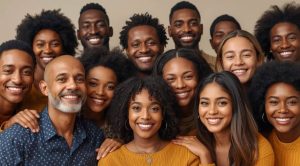
Inclusivity in Beauty: The New Modern Standard
Explore how inclusivity is transforming modern beauty trends by celebrating diversity, authentic expression, and equal representation across all skin tones and identities.





